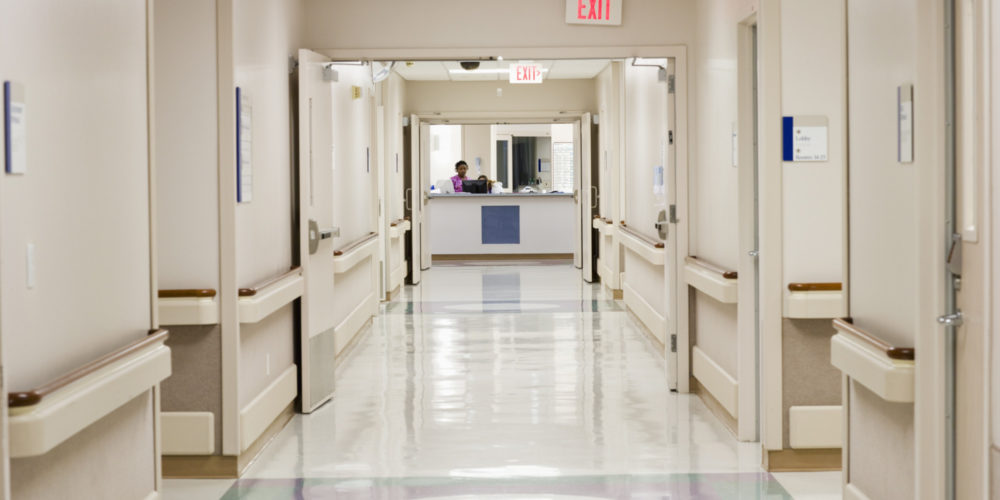
Free-standing emergency rooms have not reduced hospital ER visits or wait times in Texas' major metropolitan areas, according to a new study from Rice University.
Vivian Ho, a co-author of the study, said these emergency departments are not as effective in urban areas because the community's needs for emergency healthcare are already being met, unlike in rural communities where there is less access to healthcare.
"The ones that are opening up in urban areas tend to be ones where they're just trying to get highly insured patients to, kind of, walk through the door," she said.
The free-standing emergency rooms were originally created by proponents who argued that they would help to relieve hospital crowding and long wait times by exclusively treating emergency patients.
Despite not helping to relieve this congestion in Texas’ four major cities (Houston, Dallas, San Antonio and Austin), the Rice researchers found that they did reduce wait times in smaller communities.
But Ho said free-standing emergency rooms may have a financial incentive to open more locations in urban areas.
The emergency departments are allowed to charge the same facility fee as hospitals, she said, which makes it more appealing to open the businesses in cities rather than in rural communities.
"There's no money in it,” she said. “So, unfortunately, you have a lot of providers who are drawn more by the financial payoff, and it's even hard to expect non-profit hospitals to be trying to provide more care in areas where there are so many more uninsured people."

 77 °F
77 °F